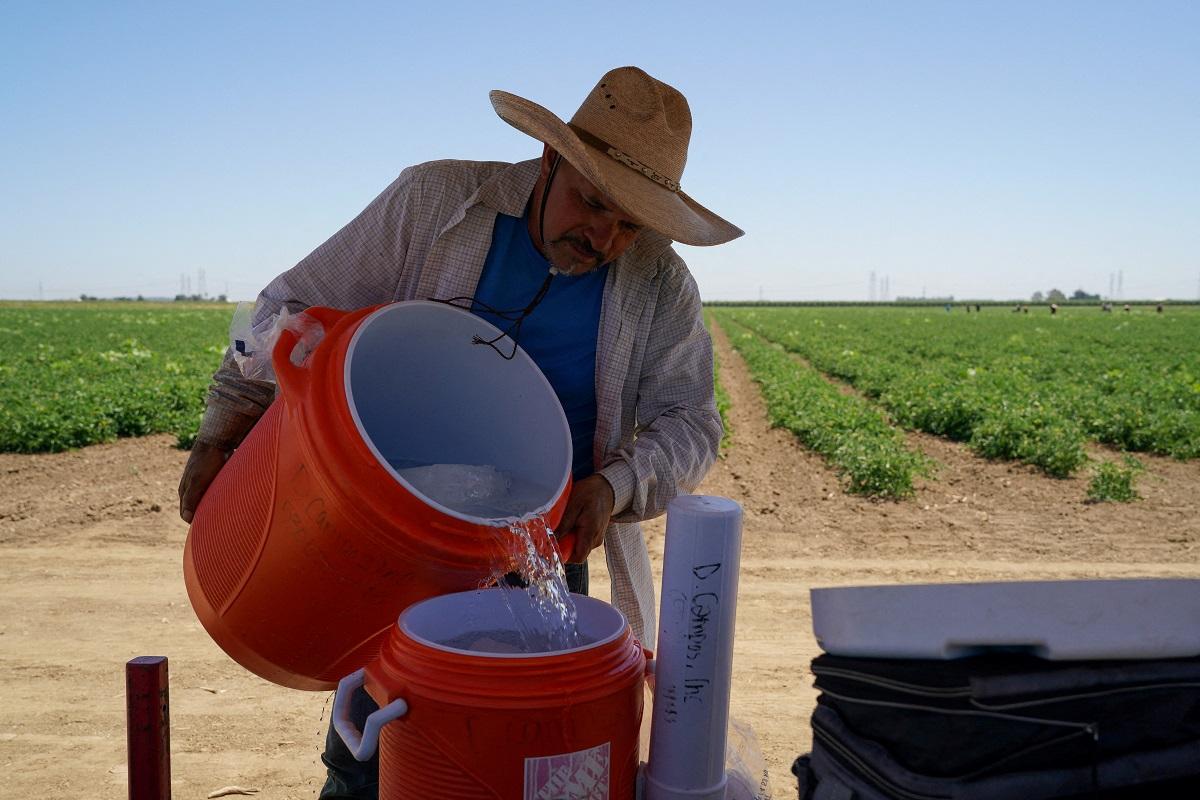Biden pushes first heat safety rule as US faces heat waves

WASHINGTON — The administration of President Joe Biden took steps on Tuesday to protect workers and communities from the deadly effects of extreme heat including proposing the first-ever rule on the matter from the Department of Labor.
The Department's Occupational Safety and Health Administration is proposing a rule to protect workers, that if finalized, would be the first-ever US safety standard on the matter.
It includes requirements for identifying heat hazards, emergency response plans, training for supervisors, and work standards, including breaks, access to shade and water, and heat acclimatization for new employees.
Farm worker groups had called on the administration to issue heat standards, as agricultural workers are often exposed to high temperatures and can have inconsistent access to shade, water, and breaks.
Why it's important
The Environmental Protection Agency released a "Climate Indicators" report on Tuesday that said from 1992 to 2022, nearly 1,000 workers in the US died from heat exposure, of which construction accounted for about 34% of those deaths.
On June 20, before the beginning of the US summer, nearly 100 million Americans were under extreme heat advisories, watches and warnings. New York City opened emergency cooling centers, while New Mexico suffered deadly wildfires.
What else is it doing?
The Federal Emergency Management Agency is announcing nearly $1 billion dollars in awards for nearly 660 projects to help communities protect against disasters and natural hazards, including extreme heat, storms, and flooding.
The White House will hold this summer a summit on extreme heat.
By the numbers
OSHA projects the rule would impact approximately 36 million workers and substantially reduce heat injuries, illnesses, and deaths in the workplace.
Extreme weather, including extreme heat, also harms the economy. A White House fact sheet said a record 28 individual billion-dollar extreme weather and climate disasters in 2023 caused more than $90 billion in damage to the economy. — Reuters




